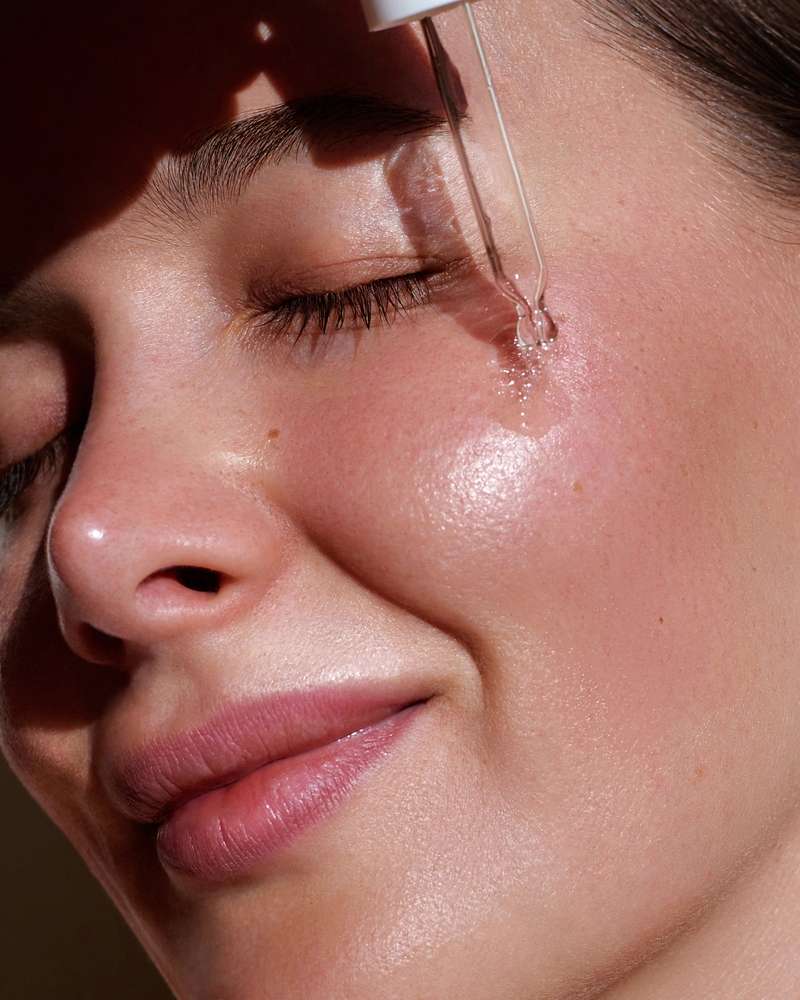Low-impact mobility sequences that boost circulation and skin tone
Low-impact mobility sequences can gently increase circulation, reduce stiffness, and support healthier-looking skin when combined with proper hydration, nutrition, and recovery. This guide explains practical routines, movement principles, and supportive wellness habits so you can add short, effective sessions to your day without heavy impact or complex equipment.

How does mobility affect circulation?
Mobility work emphasizes controlled joint movement and full-range motion, which stimulates blood flow to muscles and connective tissues. Improved circulation delivers oxygen and nutrients while removing metabolic waste, supporting cellular repair. Regular low-impact sessions — such as guided joint circles, dynamic limb swings, and slow controlled transitions — can be done daily and are suitable for all fitness levels. These movements also reduce vascular constriction caused by prolonged sitting and help maintain capillary responsiveness, important for overall wellness.
Can mobility routines influence skin tone and texture?
While mobility itself does not directly alter skin structure, the improved microcirculation it promotes can enhance nutrient delivery and lymphatic drainage, which may help the skin appear more vibrant. Gentle movement can reduce facial and bodily puffiness by encouraging fluid movement through the lymphatic system. When combined with consistent hydration and a balanced skincare routine, mobility sequences contribute to the conditions that support healthy skin tone and texture without making medical claims.
Which low-impact workouts support circulation and skin health?
Workouts like yoga, Pilates, and light cardio complement mobility by blending strength, flexibility, and endurance with low impact on joints. Flow-based yoga sequences encourage diaphragmatic breathing, which further stimulates circulation and oxygenation. Pilates focuses on core engagement and efficient movement patterns that improve posture and circulation. Short sessions of brisk walking, cycling on a flat route, or gentle aerobic intervals can raise heart rate safely and amplify the circulatory benefits of mobility work without stress from high-impact activities.
How do nutrition and hydration support these mobility benefits?
Nutrition and hydration are foundational: adequate water intake supports blood volume and skin turgor, while protein and micronutrients assist tissue repair. Antioxidant-rich foods and omega-3 fatty acids support vascular health and reduce oxidative stress, which indirectly aids recovery after movement. Timing meals around movement is a personal preference, but light, balanced snacks can help if energy is low. Recovery practices like sleep and mindful hydration magnify the gains from mobility, workouts, and skincare routines.
How to build a balanced mobility routine for daily practice?
A practical routine can be 10–20 minutes long and include joint warm-ups, dynamic stretches, and controlled strengthening moves. Start with neck, shoulder, and hip circles; follow with leg swings and ankle mobility; then add thoracic rotations and gentle spinal articulations. Finish with breath-focused movements or a short yoga flow to integrate breathing and relaxation. Progress by increasing range of motion, adding light resistance for strength, or extending session length to build flexibility, strength, and endurance in a balanced way.
Recovery, skincare, and consistency considerations
Recovery strategies like sleep, active recovery, and short mobility breaks during the day support long-term progress. Post-session gentle facial massage or lymphatic-focused skincare techniques can complement mobility benefits but should avoid aggressive manipulation. Consistency matters more than intensity for skin-related outcomes; frequent, low-impact sessions are preferable to sporadic intense workouts. Track how your body responds and adjust frequency or variety of movements to maintain steady improvement without overtaxing tissues.
Conclusion
Low-impact mobility sequences are a practical way to support circulation and create conditions that may help the skin look healthier when combined with proper hydration, nutrition, and recovery habits. By integrating short daily sessions, pairing movement with breath, and adopting supportive wellness practices, you can enhance movement quality and contribute to overall well-being without high-impact exercise or complex regimens.




